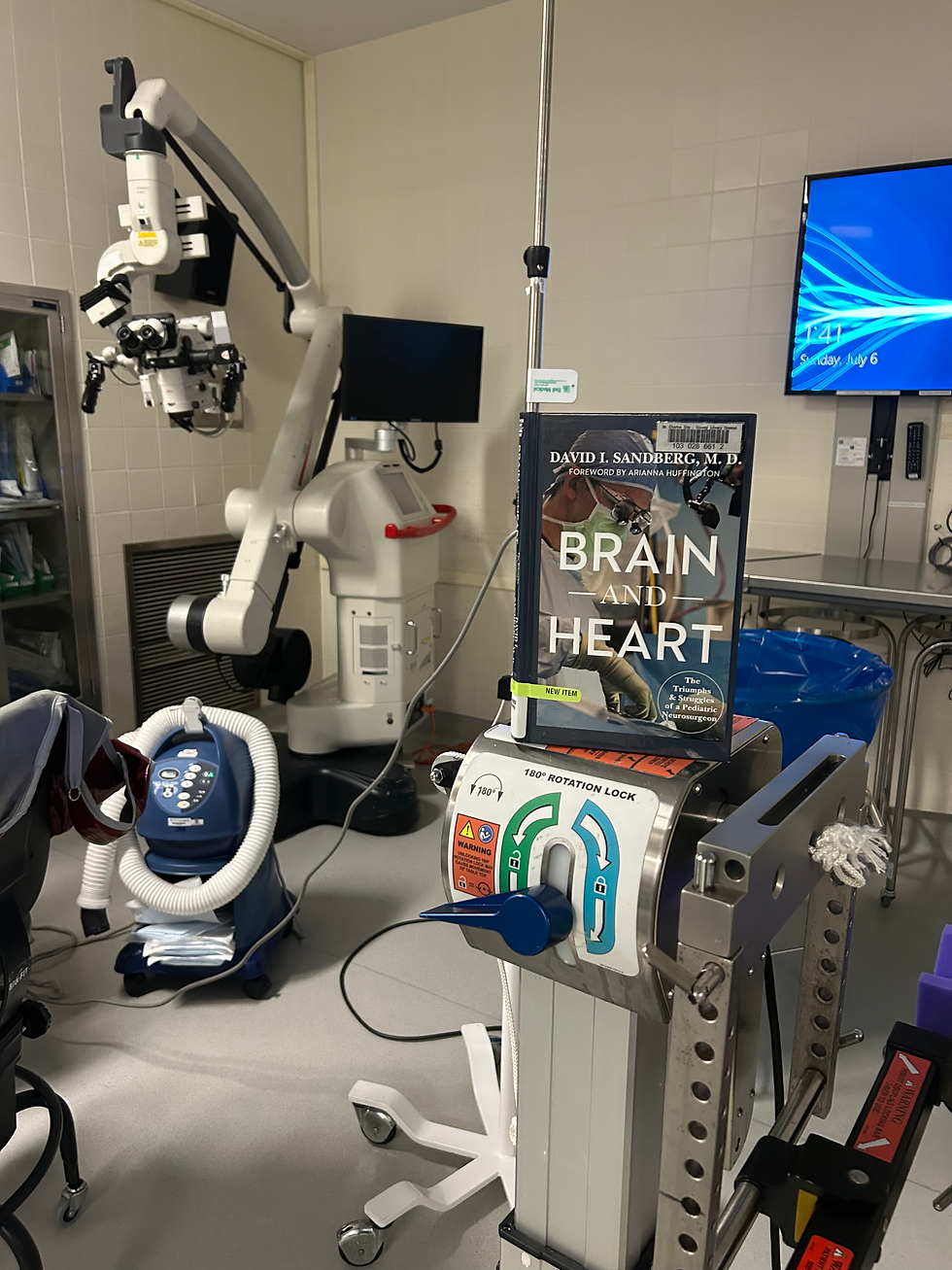Celebrating National Surgical Technologist Week: A Look Back at the History of the Profession
- Lindsey Joyce, MSN, RN, CNL, CNOR

- Sep 18
- 4 min read

Today, it’s nearly impossible to imagine surgery without the skilled and steady hands of surgical technologists in the operating room. Surgical Technologists, or Scrub Techs, play a critical role in every procedure, ensuring that patients receive safe, seamless care. So as we celebrate National Surgical Technologist Week, come on a journey back in time with me so that we can appreciate the incredible story of how this profession began and evolved into what it is today.
From Ancient Practices to Barber-Surgeons
The history of surgery stretches back thousands of years, long before sterile technique and advanced technology shaped the operating rooms we know today. Some of the first documented surgeries were performed in ancient Egypt. Among these early procedures was trephination, a process of cutting a small hole in the skull to relieve pressure or treat illness, a primitive version of what we now know as a burr hole procedure.
Centuries later, during the medieval period, surgery looked very different. Surprisingly, the people performing many of these procedures were not physicians at all, but barbers. Known as barber-surgeons, they would cut hair, shave beards, and, when needed, perform minor surgical procedures such as wound care or tooth extractions. It was a far cry from the specialized, highly skilled surgical teams of today, but it laid an early foundation for the surgical practices that would follow.
The Birth of Modern Surgical Technology
As move forward in time, the true roots of the surgical technologist profession emerged in the chaos of wartime.
During World War I and World War II, the U.S. military faced an overwhelming need for surgical support on the front lines and aboard combat ships. At the time, female nurses were restricted to working in medical stations away from direct combat, and were not allowed in field hospitals or on Navy vessels. This left surgeons without the support they desperately needed in high-pressure, battlefield conditions.
To solve this problem, the military began training male medics to assist surgeons directly in the operating room. These men were given a new title: Operating Room Technicians (ORTs). They became essential members of military medical units, working in MASH units, field hospitals, and aboard ships, where they provided hands-on support that saved countless lives. These early ORTs were the very first iteration of what we now know as surgical technologists.
From Battlefield to Civilian Hospitals
When the war ended, the skills these men developed didn’t disappear. In the 1950s, hospitals across the United States faced a severe nursing shortage, especially in operating rooms. Many turned to these highly trained former military ORTs to fill the gap.
Transitioning from battlefield medicine to civilian hospitals wasn’t easy, but their experience proved invaluable. These men brought discipline, precision, and advanced surgical skills to the civilian OR, setting a new standard for surgical support. Their presence helped to shape the early expectations and responsibilities of the role, and over time, it became clear that a more formalized path for this profession was needed.
A Defining Moment: The Founding of AST
The next major milestone came in 1969, when the Association of Surgical Technologists (AST) was officially founded. This was made possible through the support of key organizations, including the American College of Surgeons (ACS), the Association of Operating Room Nurses (now known as the Association of periOperative Registered Nurses, AORN), and the American Hospital Association (AHA).
This was a pivotal moment in the profession’s history. The outdated term “Operating Room Technician” was officially retired and replaced with surgical technologist, giving the role a stronger identity and professional recognition. Just a few years later, in 1973, formal certification programs began appearing in hospitals and universities, creating a structured pathway for individuals entering the field.
Innovation and Evolution: The 1980s and 1990s
The 1980s and 1990s brought rapid advances in surgical care. Laparoscopic surgery revolutionized the way procedures were performed, allowing for smaller incisions, faster recoveries, and less invasive techniques. Computers and electronic charting began to streamline documentation and recordkeeping. Surgery shifted from being strictly life-saving to often elective, with procedures focusing on improving quality of life as well as saving it.
As the surgical world evolved, so, too, did the role of the surgical technologist. No longer just an extra set of hands at the table, scrub techs were moving on to become supervisors, managers and coordinators of supply and instrumentation (source).
Today: A Profession Built on Excellence
What started as on-the-job training for military medics has transformed into a respected, professional career. Today, surgical technologists are required to complete formal education, often earning an associate degree, and to pass a certification exam before entering the operating room.
Scrub techs are the guardians of sterility, ensuring every instrument and every surface remains free from contamination. They are masters of instrumentation, knowing the tools of surgery inside and out. And they are vital collaborators, working seamlessly with surgeons, nurses, anesthesiologists, and other team members to provide the best possible care for every patient who enters the OR.
This week, we're recognizing the history and valuable contributions that scrub techs have made to the surgical profession, and I know that personally, I have benefitted from so many experienced scrub techs who have helped me out along the way. Thank you for your commitment to sterility and to patient safety! And thank you for the hard work and effort you put in each and every day.

Until next time,
Lindsey
Sources:






Comments